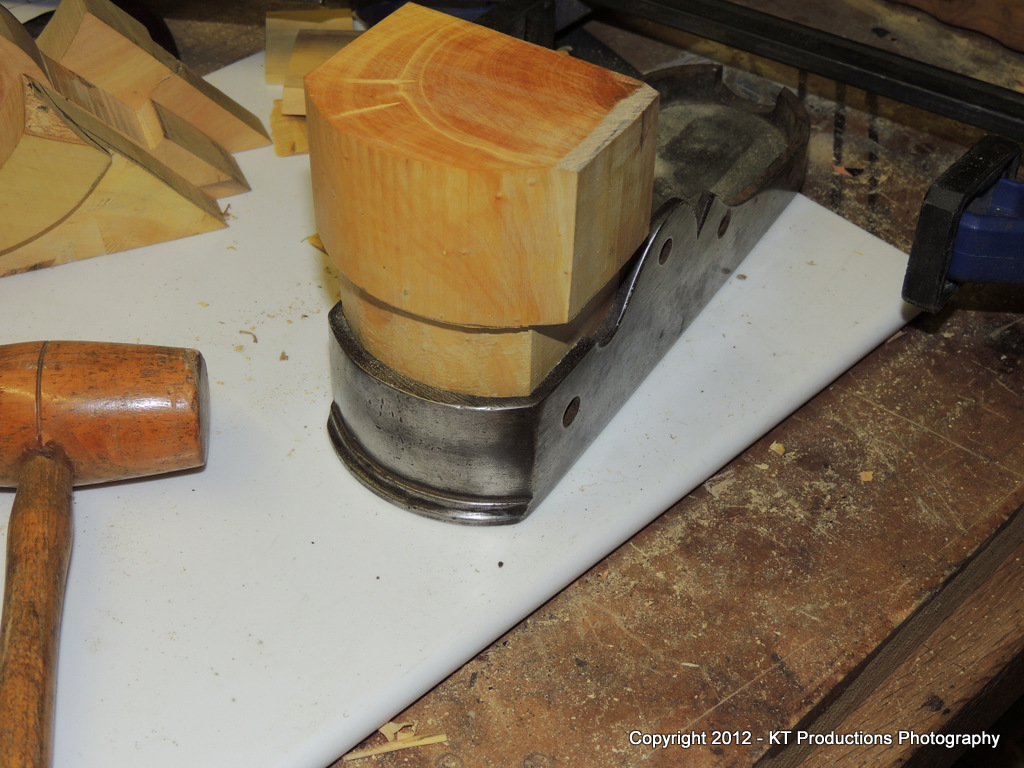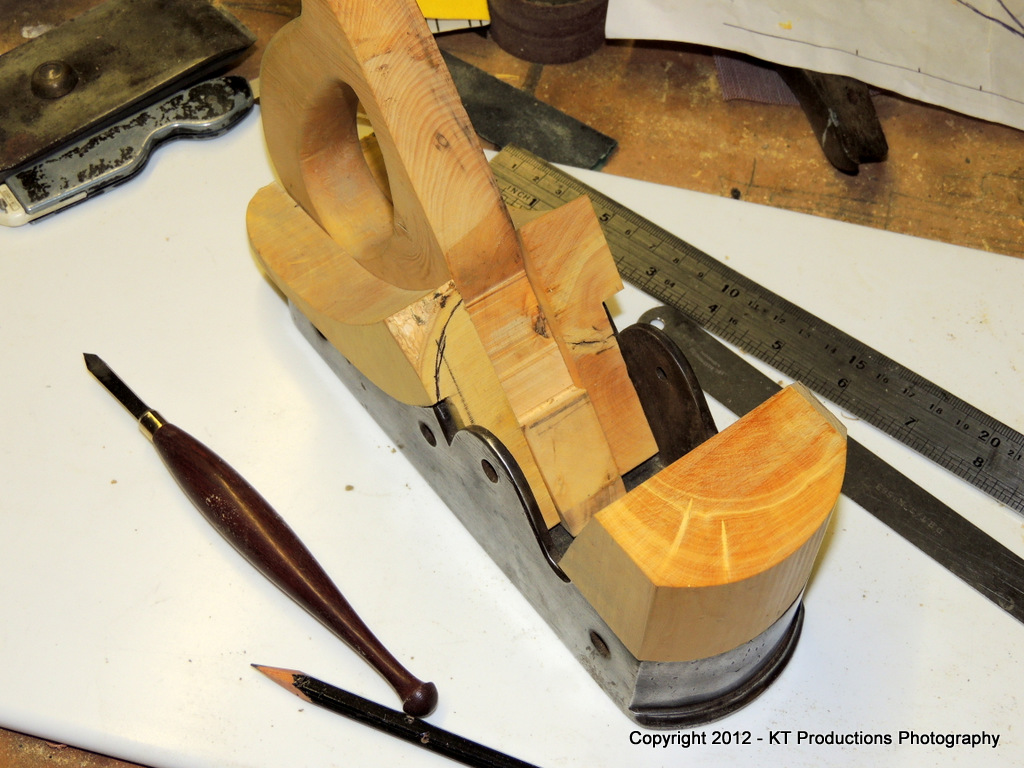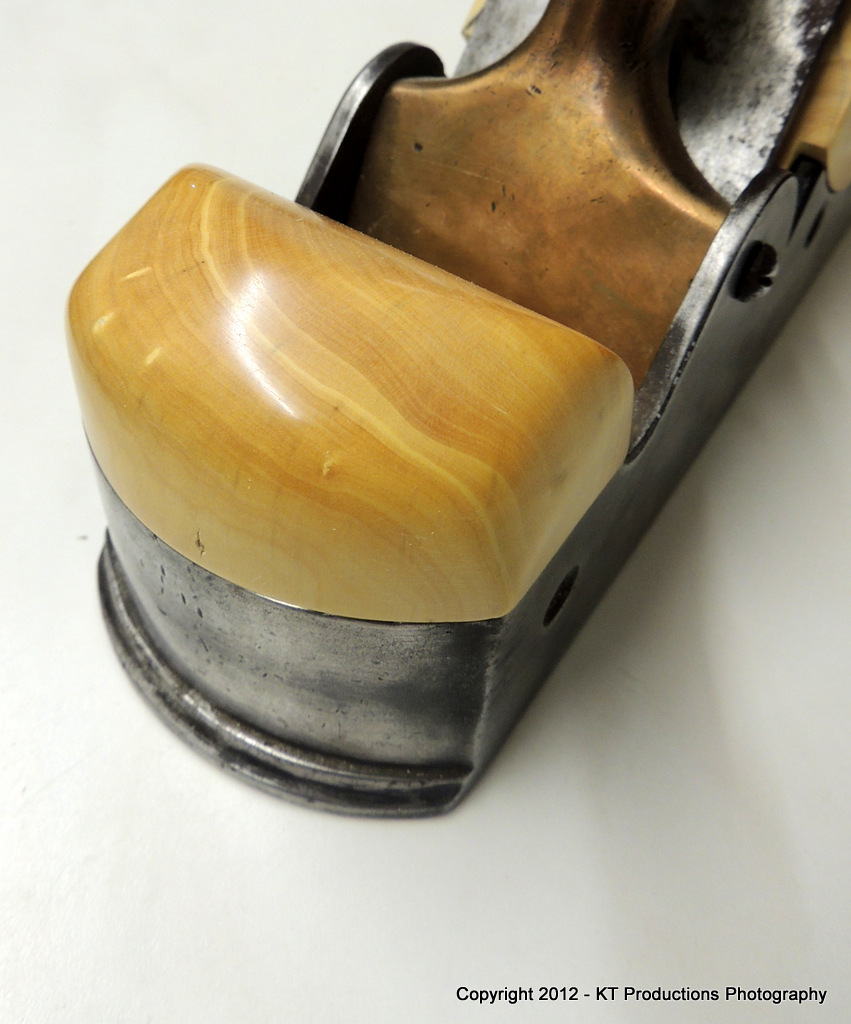Mr_P":2he2xhzo said:...don't say I didn't warn you.
I have just bought an infill casting from Mr P and, as quoted, it is quite a bit of work to get it to be a respectable plane!
This time its cast bronze rather than cast iron, and hopefully will end up lasting a little better than last time! (http://www.ukworkshop.co.uk/forums/infill-casting-project-t81330-15.html)
Using the photos from Mr P's thread (http://www.ukworkshop.co.uk/forums/three-little-castings-less-skilled-northern-version-t79592.html this is the condition I received the casting in, (its the bottom one for anyone not familiar with the thread).

Fortunately for me, much if the work has already been done regarding flattening the sole, however there is still a fairly large void to be removed from the middle.
The sides also need flattening as currently they are looking a little out of flat :wink:

So...to the sand paper and glass plate, although I think I need a longer piece of glass!! :lol:
Thanks,
Harry

















